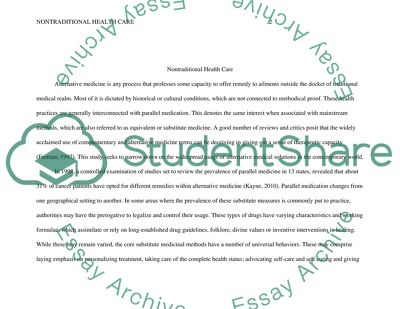Cite this document
(“Nontraditional Health Care Essay Example | Topics and Well Written Essays - 1500 words”, n.d.)
Nontraditional Health Care Essay Example | Topics and Well Written Essays - 1500 words. Retrieved from https://studentshare.org/health-sciences-medicine/1451214-health-care-practices-and-practioners
Nontraditional Health Care Essay Example | Topics and Well Written Essays - 1500 words. Retrieved from https://studentshare.org/health-sciences-medicine/1451214-health-care-practices-and-practioners
(Nontraditional Health Care Essay Example | Topics and Well Written Essays - 1500 Words)
Nontraditional Health Care Essay Example | Topics and Well Written Essays - 1500 Words. https://studentshare.org/health-sciences-medicine/1451214-health-care-practices-and-practioners.
Nontraditional Health Care Essay Example | Topics and Well Written Essays - 1500 Words. https://studentshare.org/health-sciences-medicine/1451214-health-care-practices-and-practioners.
“Nontraditional Health Care Essay Example | Topics and Well Written Essays - 1500 Words”, n.d. https://studentshare.org/health-sciences-medicine/1451214-health-care-practices-and-practioners.


